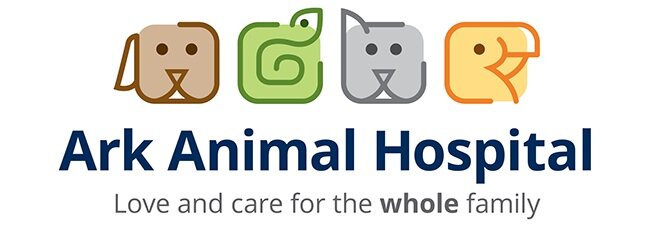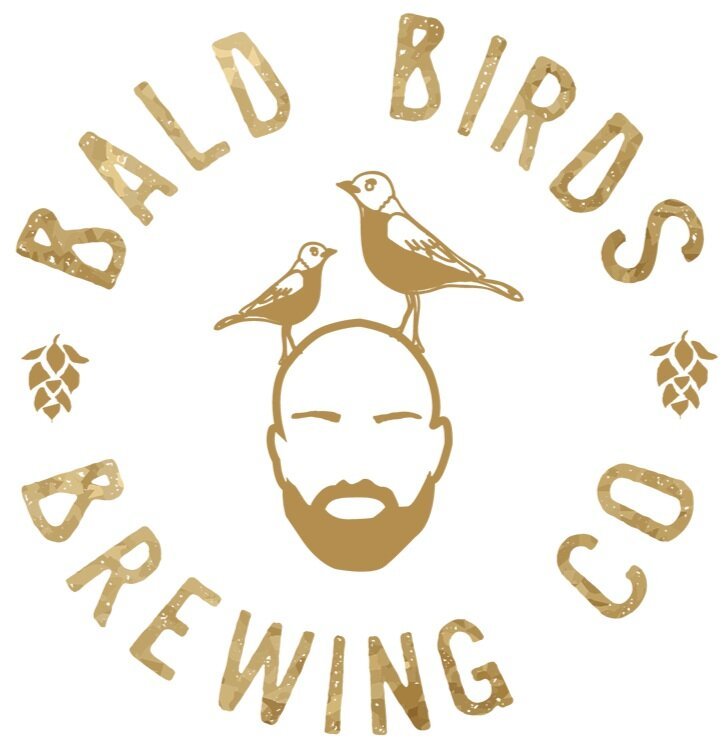1) HUMAN SAFETY COMES FIRST. It is never advisable to put yourself in danger or do something with which you are not comfortable.
2) CALL US FOR INSTRUCTIONS. Every situation is a little different. And, not every animal who seems to be hurt, actually is. We will be more than happy to talk you through any situation with a wild animal. Sometimes, after speaking to us on the phone, we will request a photo to give us more information. If it is after hours, we provide a tool on our website to help you know what to do in a wildlife emergency situation. Below are the basic rules for capturing a wild animal in need of help
Unless instructed by us, do NOT feed the animal, force it to drink water, or put water in the box. Most patients need be incubated and medically re-hydrated before feeding.
If you are able, place the animal in a closed box, and resist the urge to 'peek'. Dark and quiet conditions help animals to stay calm. Stress from a potential predator (you), can cause the animal's 'flight or fight" system to work overtime, causing serious illness or death.
BOX OVER METHOD
If the animal is possibly dangerous, like a hawk, owl, fox, raccoon, fox etc., the best method is usually the “box over" method. Wear gloves, and never touch a bat, skunk, raccoon, woodchuck (groundhog) or coyote with bare hands - rabies is a real concern. Any animal is a candidate for the box over method. Even a squirrel who is seriously injured can inflict a dangerous bite. So when in doubt, use this method for ANY animal, even a small bird. Here are the instructions:
1) Find a suitable sized box or container. Poke a few air holes in it.
2.) Wearing gloves, approach calmly and place the box over the animal.
3.) Slide a piece of board, cardboard, or any other stiff material under the box (like you are catching a spider in a glass with a playing card.)
4.) Duct tape the whole thing up
5.) Bring to a rehabilitator right away. Keep quiet and calm. Don't play the radio in the car.
This article does not account for all the possible scenarios you might face with an injured animal. Great blue herons, for example, absolutely require eye protection before approaching. Their spear-like beaks are made for plucking shiny objects, like eyeballs (and fish). Snapping turtles can reach almost all the way to the back of their shell and relieve you of a finger. Some hurt animals can only be caught with a live humane trap. So it is always best to call us if unsure.














